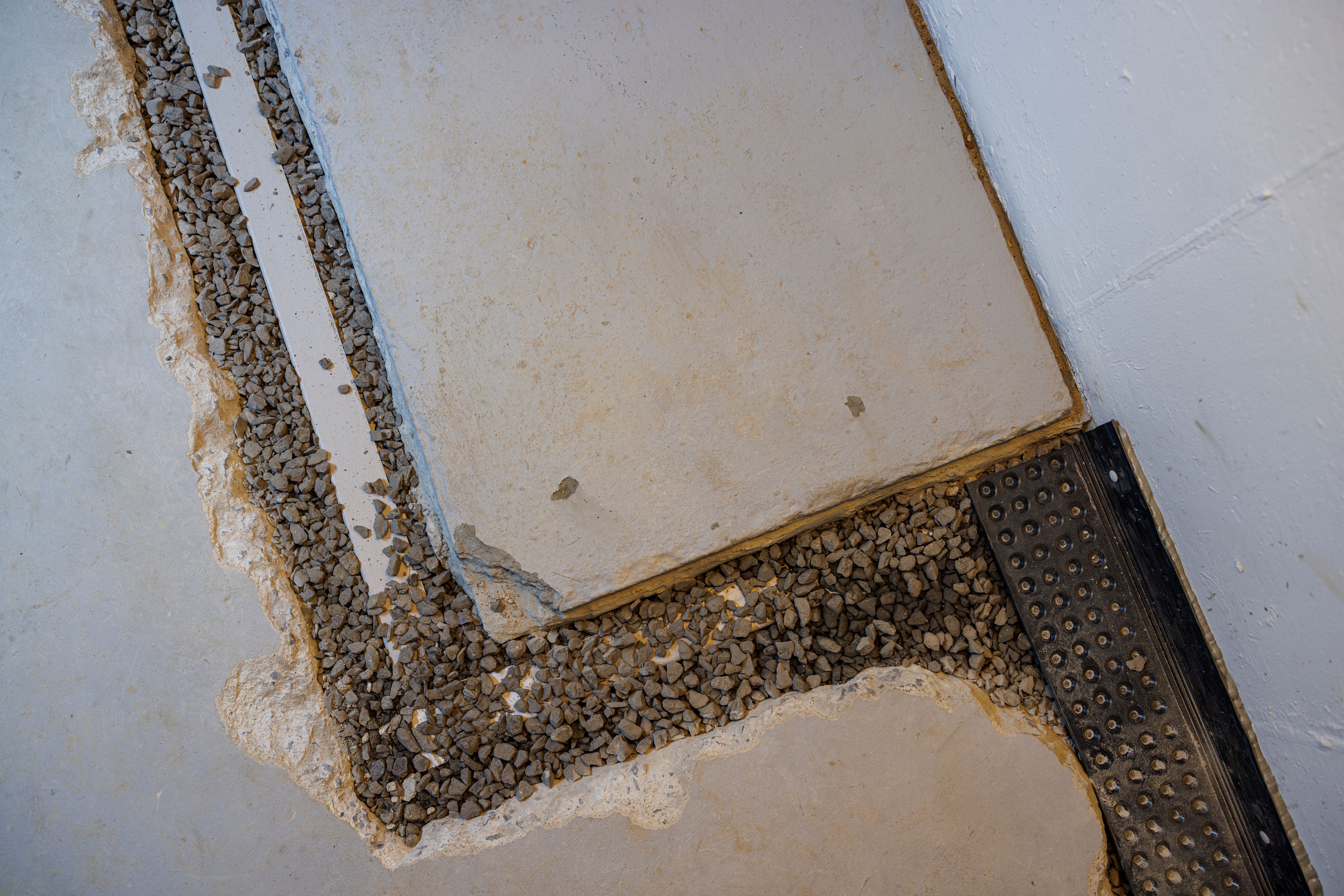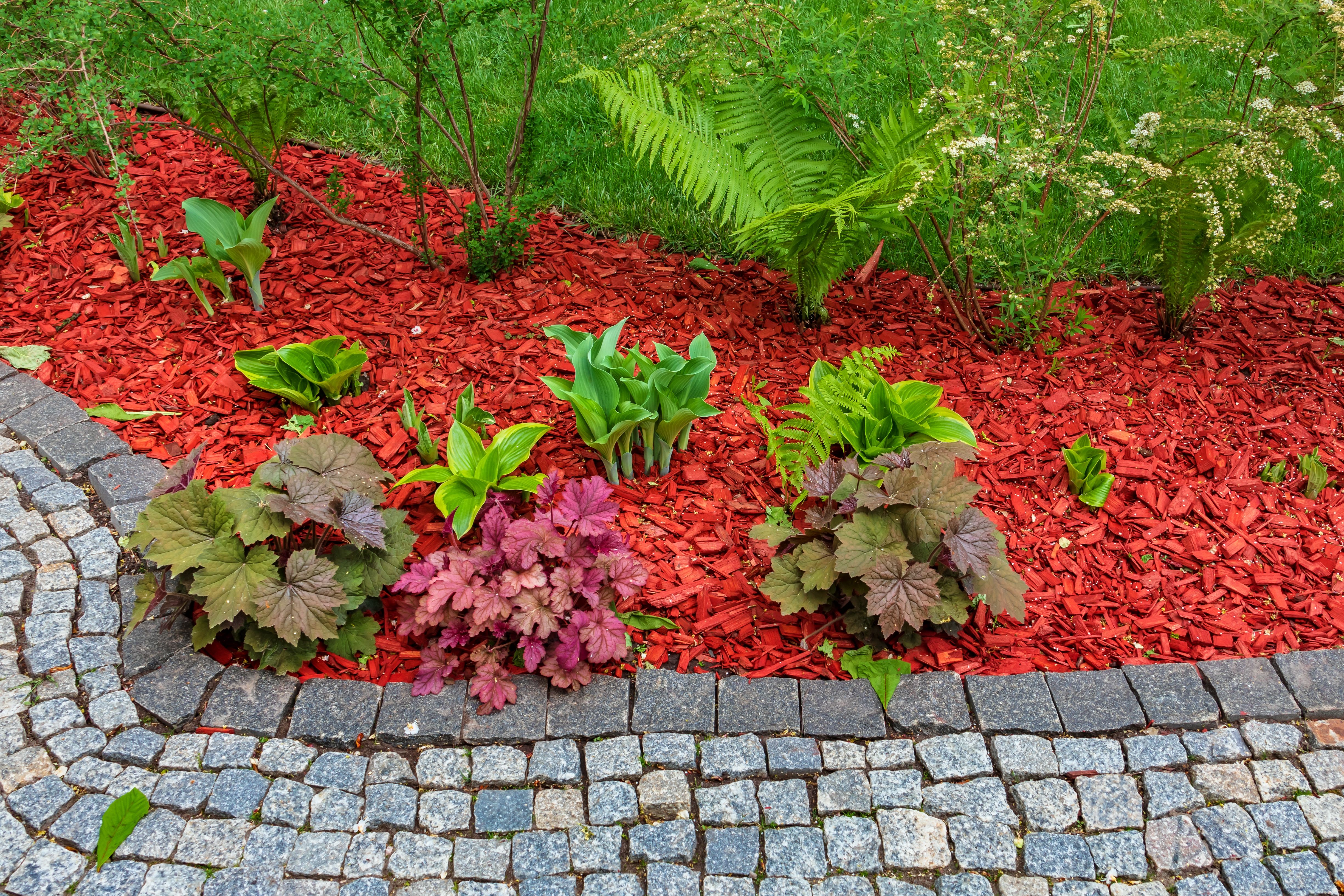Winter-Ready Homes: Key Earthwork and Landscaping Tips for Colorado Residents
ME
Understanding Colorado's Unique Climate
Colorado's winter climate presents a unique set of challenges for homeowners. With its high altitude and variable weather, preparing your home for winter requires specific earthwork and landscaping strategies. The combination of heavy snowfall, fluctuating temperatures, and intense sunshine means that Colorado residents need to be proactive in protecting their properties.

Preparing Your Landscape for Snowfall
One of the first steps in getting your home winter-ready is ensuring that your landscape can handle heavy snowfall. Snow can put pressure on trees and shrubs, potentially causing damage. To prevent this, it’s essential to prune trees and plants during the fall. This not only reduces the risk of breakage but also improves the overall health of your greenery.
Moreover, consider installing snow fences or barriers if your property is particularly exposed to wind drifts. These structures can help control where snow accumulates and protect delicate plants from being buried or damaged.
Improving Drainage Systems
Proper drainage is crucial during the winter months to prevent water from pooling and freezing around your home. Assess your property’s current drainage system and make necessary adjustments. This might include clearing gutters and downspouts or re-grading areas where water tends to accumulate.

If you're planning any significant earthwork, such as installing a French drain or grading your yard, now is an excellent time to complete these projects. Proper drainage not only protects your landscape but also prevents issues such as foundation damage or basement flooding.
Soil Preparation and Mulching
Soil health is vital to ensure that your landscape can withstand the harsh winter conditions. Before the ground freezes, aerate your lawn to improve air circulation and water absorption. Following aeration, apply a layer of mulch to protect plant roots and help retain soil moisture.

Mulching also offers the added benefit of temperature regulation, keeping the soil warmer during cold spells. Opt for organic mulch materials like wood chips or straw, which gradually break down and enrich the soil over time.
Protecting Hardscapes and Outdoor Features
Winter weather can take a toll on hardscapes such as patios, walkways, and driveways. To preserve these structures, inspect them for cracks or damage before the first freeze and complete any necessary repairs. Applying a sealant to surfaces can also prevent water absorption and subsequent freeze-thaw damage.
For outdoor features like fountains or birdbaths, consider draining and covering them to prevent ice formation. If you have outdoor furniture, store it indoors or use weatherproof covers to extend its lifespan.
Planning for Spring
While preparing for winter, it's also beneficial to think ahead to spring. Consider mapping out any new landscaping projects you wish to undertake once the weather warms up. Winter is an excellent time to plan garden layouts, research plant selections, or even consult with a professional landscaper.
By preparing now, you'll be ready to hit the ground running when spring arrives, ensuring your home not only survives the winter but thrives in the coming seasons.